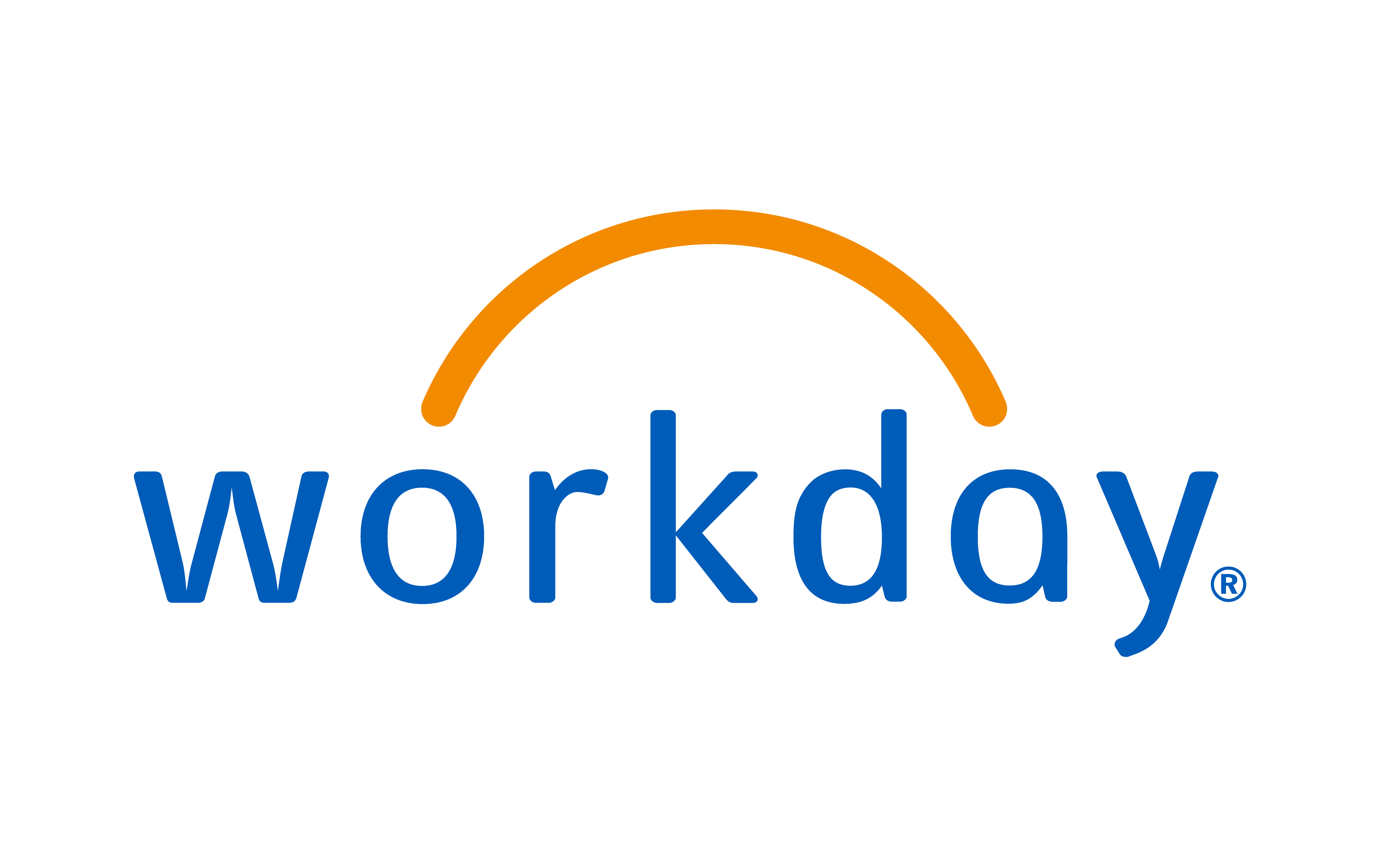
The changes and developments to improve performance that were already underway in many organisations have been accelerated by the events of 2020. This has given the green light to speedy operational transformation that was previously seen as too high-risk or distracting.
David Guise, Board Advisor and former Group HR Director at Marks & Spencer, comments: “What has happened is an acceleration of change, such as the shift to online and remote ways of working. I haven’t spoken to an organisation yet that hasn’t learnt quite a lot about themselves and what is possible with a more remote working style. The COVID emergency is sharpening and accelerating trends that were already there.”
It’s something that Steve Parkin, CEO of Mayborn Group, can attest to. His organisation quickly ramped up its digital offering in response to shifting consumer behaviours and it is now running at levels that had previously been forecast for 2022. “There is huge pressure to be more agile and I don’t think things will ever go back to the way they were. So, in terms of organisational restructure you must be clear on the way you’re working to support the business strategy.
“Also, you absolutely must have the right senior leaders in place to drive that change forward because, as well as operational change, it’s cultural and it’s permanent.”
Aoife Forde, Senior Relationship Manager at Criticaleye, believes flexibility and openness to reinvention will be key for companies moving forward. “Many companies have seen employees working well and, in some cases, even better with less supervision during lockdown. When considering any reorganisation, think about how your business can continue to maintain the collaboration, co-ordination and alignment on priorities while giving people the freedom to operate. Essentially, don’t lose the momentum that has been gained,” she says.
Some of that freedom has manifested itself through traditional silos breaking down and, as companies look to reorganise, a big challenge will be to build on that. Andy Young, Managing Director for Talent & Organisation at Accenture, says: “Eighty percent of transformations that fail to deliver the desired outcomes and business performance do so because of organisational dynamics that were there before the transformations even started.
“This is particularly to do with breaks in trust – hierarchically or between business areas. The ability to get that level of trust up and the level of silos and internal competition down is vital for transformation and agility. Clarity of vision and change leadership at all levels of the organisation are key.”
Having worked on many business reorganisations, David recognises the pressures on leaders ‘to do something’ but says they need to steer clear from cost-saving alone. “Firstly, you’ve got to have a clear business strategy and then set clear goals for any reorganisation. If you don’t have a clear business strategy and plan, then you’re building on sand trying to re-organise your business.
“Ultimately, you’re trying to make your organisation more effective to deliver on the business strategy.”
Ian Mills, Global SVP of Organisation Implementation at services business Sodexo, agrees that costs play a part but that change ought to be based on mixing the short-term lessons from COVID with long-term strategy. “The services industry is highly competitive, so cost reduction is always an element in reorganisations,” he says. “It’s more about asking which markets you want to operate in and where – assessing those markets and then looking at what services and products you want to offer to meet the client and customer needs.
“You also need to be looking at improving the efficiency and effectiveness of the organisation. If you don’t do that, you can go into a reorganisation with a set of problems, come out a bit leaner and, perhaps with reduced costs, but not operating any more productively.”
Returning to old ways is not an option for Steve. “Don’t assume your leadership team is going to grasp the nettle and get on and do it,” he explains. “In some cases, you can train, develop and support. In others, you perhaps can’t and therefore you might need to make a choice between the importance of a role and the importance of the individual in that role.”
David concurs: “Whilst clearly people matter, you shouldn’t necessarily build your reorganisation around people. You need to take a view on the line up once you have designed the organisation and decide who are the people that are really going to embrace the change and drive it forward.”
Business has reached a point where it is ripe for reinvention and reorganisation. CEOs and senior executives will feel pressured at times, but they have choices in their responses. What they need to be thinking about, as they move through the next stages of the pandemic, is the type of environment they want to create as leaders.
David Hobbs, Senior Editor, Criticaleye
This article was based on two Criticaleye events, Successfully Restructuring your Organisation, and Moving from Crisis Management to Business Transformation.


























 (002).png)